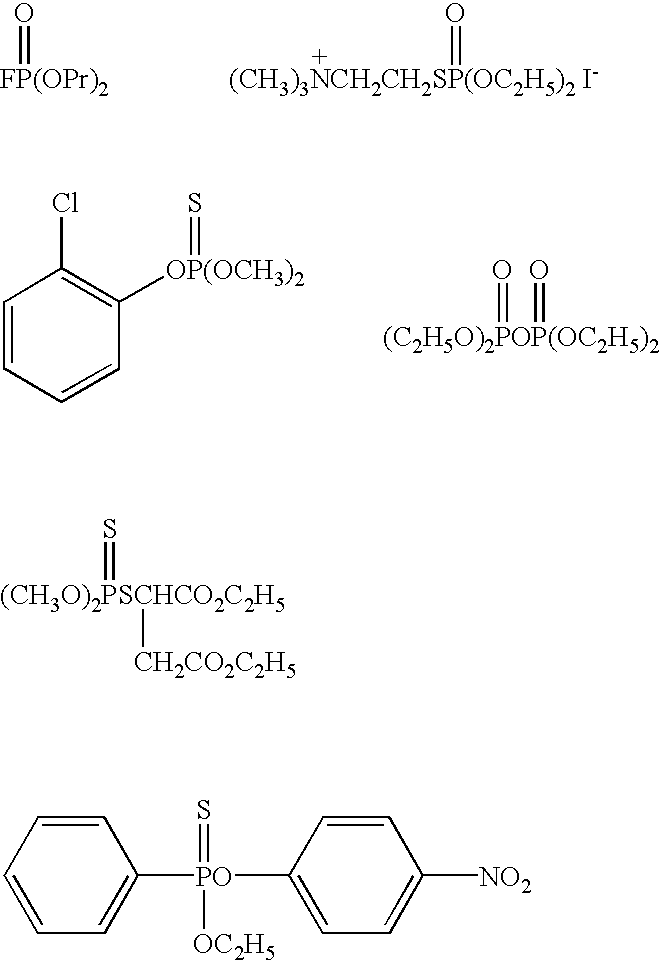Method and apparatus for treating aqueous medium
a technology of aqueous medium and treatment method, which is applied in the direction of water treatment multi-stage treatment, crystal growth process, disinfection, etc., can solve the problems of large electricity required for the treatment, inability to treat squander liquor at sufficient efficiency by conventional hydrothermal reaction process, and difficulty in increasing the area of electrodes in the reaction vessel
- Summary
- Abstract
- Description
- Claims
- Application Information
AI Technical Summary
Problems solved by technology
Method used
Image
Examples
second embodiment
Hydrothermal electrolytic reactor 100 according to the present invention shown in FIGS. 2-4 comprises a lower vessel part, a middle vessel part and an upper vessel part. The lower vessel part comprises an inlet 103 for introducing influent, an oxidizer inlet 104 for introducing an oxidizer, and a mixing chamber 105 for mixing the influent introduced via the inlet and the oxidizer introduced via the oxidizer inlet. The influent and the oxidizer may be mixed in a mixer 60 in the form of a mixing nozzle and then introduced into the reactor, as shown in FIG. 1. The middle vessel part comprises a plurality of reaction cells 101 in which the influent mixed with an oxidizer is electrolyzed under pressure and heating.
The upper vessel part comprises a current feed terminal 106 corresponding to each reaction cell. The current feed terminal preferably has an insulating member 107 for insulating from the reactor. Each current feed terminal has a discharge electrode (anode) 102 extending to the ...
example 1
This example relates to a process according to the first aspect comprising a first step of electrolysis and a second step of hydrothermal electrolysis. Before the hydrothermal electrolysis of Comparative example 1, an electrolytic reaction was performed at normal pressure. In the same autoclave as used in Comparative example 1 shown in FIG. 11 containing sludge having a chloride ion level controlled at 10 mmol / L, an electrolytic current of 6A was applied across ruthenium oxide sintered electrode 406 and the inner face of the container (cathode) for 2 hours while the container was purged with argon via valve 404 opened.
Then, the autoclave was charged with argon in an amount equivalent to 7 MPa, and sealed and heated to a temperature of 250.degree. C. When the temperature reached 250.degree. C., an electrolytic current of 6 A was applied across electrodes for 2 hours. The experimental results are shown in Table 1. Remarkable improvement in TOC and COD in the supernatant was found as c...
example 2
This Example 2 and the following Example 3 relate to a process according to the second aspect of the present invention comprising a first step of hydrothermal reaction and a second step of hydrothermal electrolysis. In Examples 2 and 3, the apparatus shown in FIG. 10 was used. Acetic acid was used a persistent substance, and formic acid was used as a readily degradable substance. Commercially available acetic acid and formic acid were diluted in distilled water each at 4,000 mg / L to prepare an artificial waste liquor. A reagent grade NaCl was further added as a halide ion source at an NaCl concentration of 2 wt % in the waste liquor. TOC of the waste liquor was 2,640 mg / L.
The flow rate of high-pressure pump 94 was set at 100 cc / min (6 L / h), and the flow rate of the compressor for introducing air was set at 5 NL / min (0.3 m.sup.3 / h). A cylindrical iridium sintered electrode 351 was placed in hydrothermal oxidation reactor 350a having an inner volume of 6 L. A cylindrical iridium sint...
PUM
| Property | Measurement | Unit |
|---|---|---|
| Angle | aaaaa | aaaaa |
| Temperature | aaaaa | aaaaa |
| Pressure | aaaaa | aaaaa |
Abstract
Description
Claims
Application Information
 Login to View More
Login to View More - R&D
- Intellectual Property
- Life Sciences
- Materials
- Tech Scout
- Unparalleled Data Quality
- Higher Quality Content
- 60% Fewer Hallucinations
Browse by: Latest US Patents, China's latest patents, Technical Efficacy Thesaurus, Application Domain, Technology Topic, Popular Technical Reports.
© 2025 PatSnap. All rights reserved.Legal|Privacy policy|Modern Slavery Act Transparency Statement|Sitemap|About US| Contact US: help@patsnap.com



